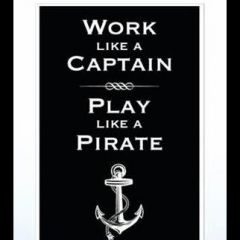- Replies 25
- Views 5.3k
- Created
- Last Reply
Top Posters In This Topic
-
 Mopar1973Man 5 posts
Mopar1973Man 5 posts -
 Wild and Free 3 posts
Wild and Free 3 posts -
 fire176969 2 posts
fire176969 2 posts -
NWMontanaMan 2 posts


Well Gang... Our local fire department purchased 4,000 gallon water tender. It's a 1984 Kenworth Water Truck. It's got a Eaton/Fuller 9 speed transmission. So far I got a quick lesson from one of my fire fighter in my station. I've mastered the up shifting just fine but down shifting I tend to get stuck. So maybe there is a few gents here that done some big rigs that can school me up on shifting this beast. I got to admit its a wonderful water truck (Cummins Big Cam 400) it climbs steep mountain grades with a full load water without even struggling. I've just spent 2 days driving it around loading water tanks.So could some one give me some pointers... This is what I found...